Guide to Dubai's 10 new historical places, from a pineapple slide to a fish fountain
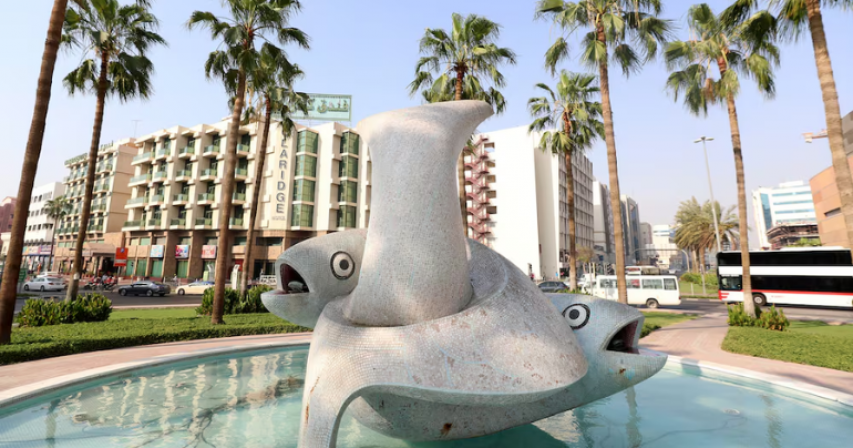
Explore Dubai's vibrant history through its ten newly preserved historical sites, ranging from well-known landmarks like the Clock Tower to hidden gems like the Fish Roundabout and Al Nasr Leisureland. Delve into the city's evolution from the 1960s to the 1990s through these architectural treasures.
Dubai, United Arab Emirates - July 02, 2019: Roundabouts of the UAE. A roundabout in Deira with two fish on it. Tuesday the 2nd of July 2019. Dubai. Chris Whiteoak / The National
Deira's well-known Fish Roundabout is on the list of historic places in Dubai. Chris Whiteoak / The National
Powered by automated translation
Of the nearly three dozen historical buildings and sites selected for the second phase of Dubai’s heritage architecture preservation project, many will be familiar urban landmarks.
Others, however, may be less well-known and perhaps even seem surprising. All, though, are woven into the story of Dubai as it grew from the 1960s to the 1990s.
Diverse as they are, these buildings and sites together create, in the words of Sheikh Hamdan bin Mohammed, Crown Prince of Dubai, an “open museum of human heritage”.
Among the most obvious is the Clock Tower in Deira, built in 1965 after Sheikh Ahmad bin Ali Al Thani of Qatar was said to have given a huge clock to his father in law, Sheikh Rashid bin Saeed, father of Sheikh Mohammed bin Rashid, Vice President and Ruler of Dubai.
The famous clock tower and clock, which sits at the heart of a major intersection, was restored in the 1970s, 2008 and in 2023 underwent a Dh10 million renovation.
It was designed by Otto Bulart, an Austrian architect who was also responsible for two other buildings on the new list.
Building Dubai's history
Zabeel Palace was completely rebuilt from 1963 to 1965 as the main residence for Sheikh Rashid, who lived there until his death in 1990. When first constructed it was surrounded by open desert but it is now in the heart of the city, where visitors can tour its magnificent gardens.
The other building was once known as Dubai Zoo, now called Jumeirah Zoo after the opening of Dubai Safari. The old zoo closed in 2017 but the news that it has been scheduled for preservation suggests it will soon get a new lease of life, with details yet to be revealed.
The inclusion of Terminal 1 at Dubai International Airport is no surprise. It was the original terminal when the airport began operations in the early 1960s, indicating the city was open for business and to the world.
The same can be said of Sheikh Rashid Tower, more familiar as the central building of Dubai World Trade Centre. When it was opened by Queen Elizabeth II in 1979, it was the tallest building in the Middle East.
Other buildings speak of the modernisation of Dubai. The futurist main Dubai Municipality building owes its distinct design to a Japanese firm, Pacific Consultants, and opened in 1979.
Dubai Land Department Building is more conventional in its architecture but the services it provides have been pivotal to the government’s successful real estate strategy as the city has undergone massive expansion.
Dubai Courts is a judicial system established by Sheikh Rashid in the late 1950s. The complex, on the banks of the creek, comprises three levels of courts, beginning with the civil court in 1970.
Photos of Queen Elizabeth II when she visited the UAE in 1979
The Dubai Petroleum headquarters has long been regarded as an architectural gem, designed by Victor Bisharat, the celebrated Arab-American architect, who was born in Palestine and also helped to build Disneyland in Anaheim, California. It opened in 1978 and was featured at the 14th Venice Architecture Biennale.
The Emirates Post building in Al Karama, formerly known as the General Post Office, was one of the country’s biggest buildings when it was constructed in the mid 1970s and was once the headquarters of Dubai's postal service.
Five of the city’s hospitals have been selected. Al Maktoum is the oldest in the country, founded in 1951, although building continued until 1971.
Al Baraha Hospital was opened on the Deira Corniche in 1966 in the presence of the then-Emir of Kuwait and was renamed Al Kuwait Hospital in 2019.
Rashid Hospital is the second oldest major hospital, built in 1973 near the creek and still expanding. Dubai Hospital, a 14-storey building in Deira built as a response to rapid population growth,
By: Sahiba Suri
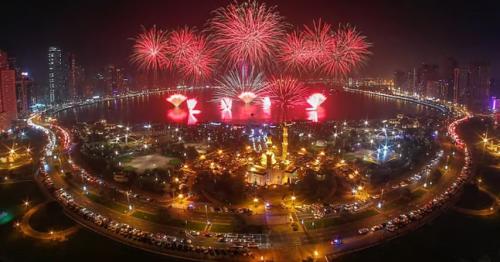
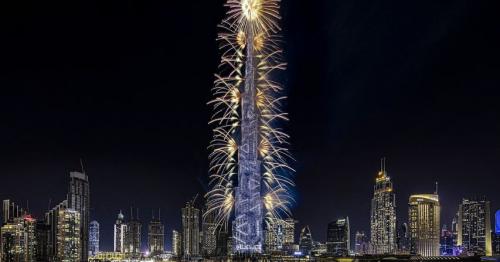
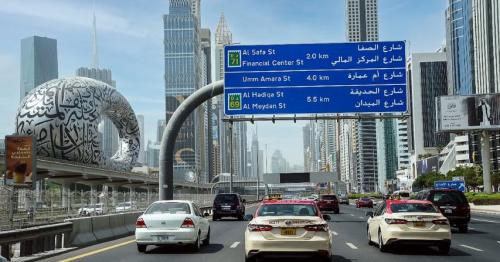
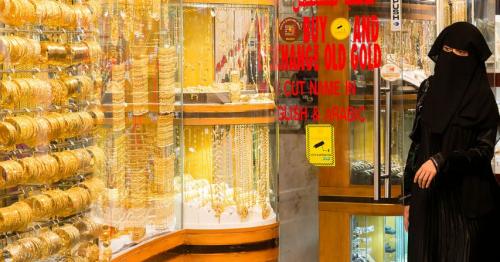

Comments